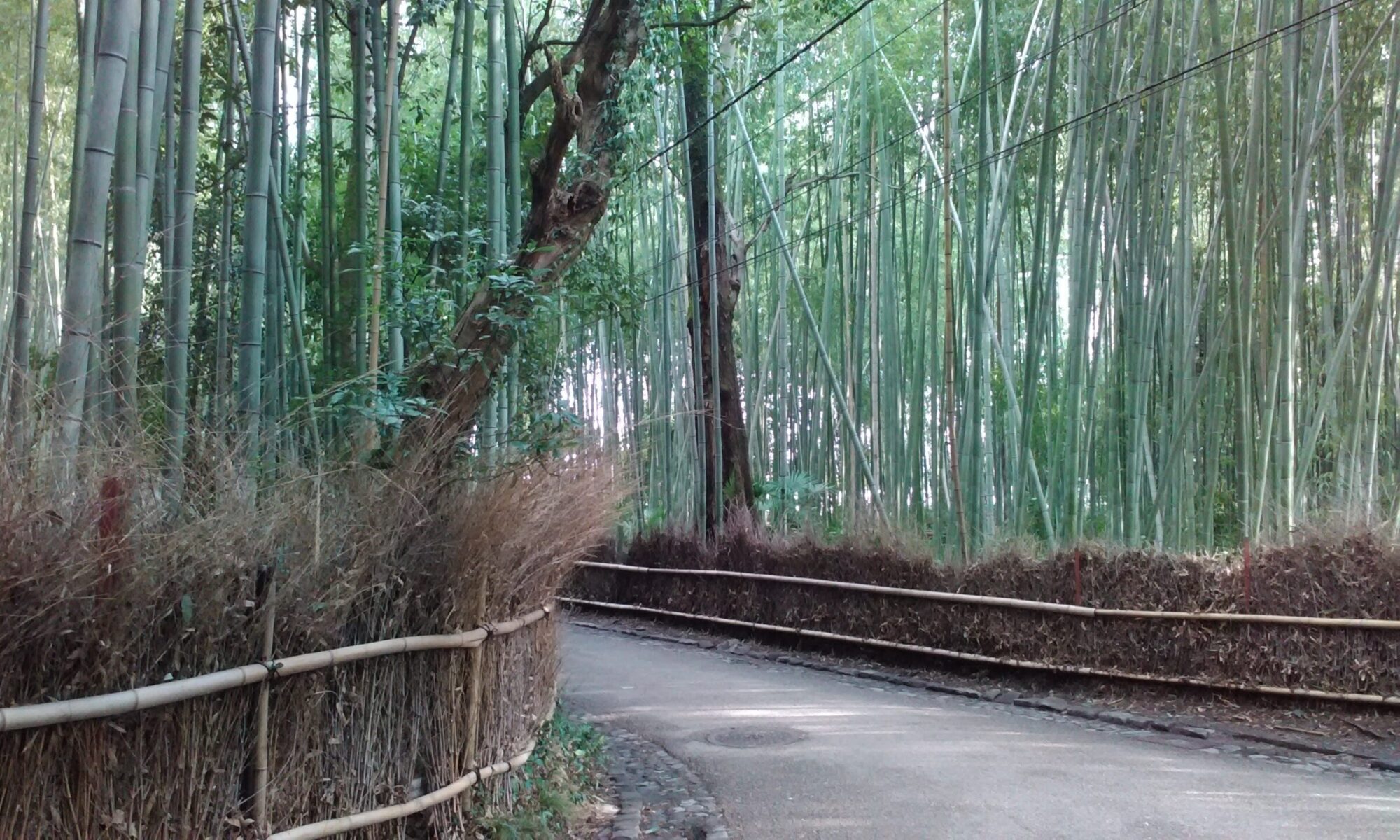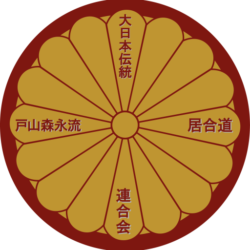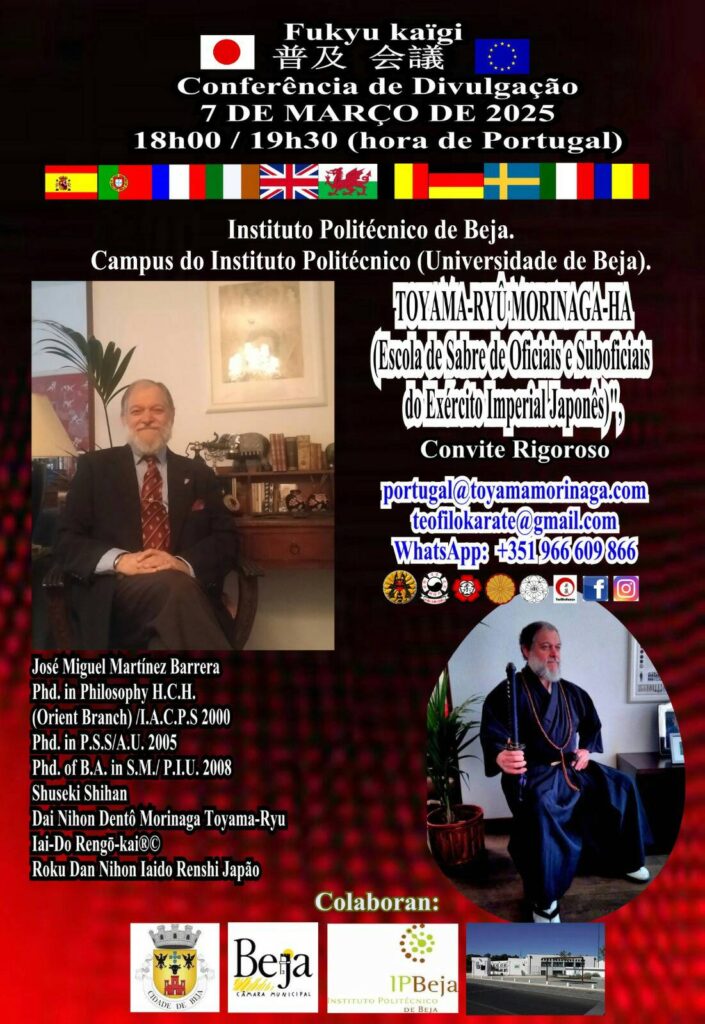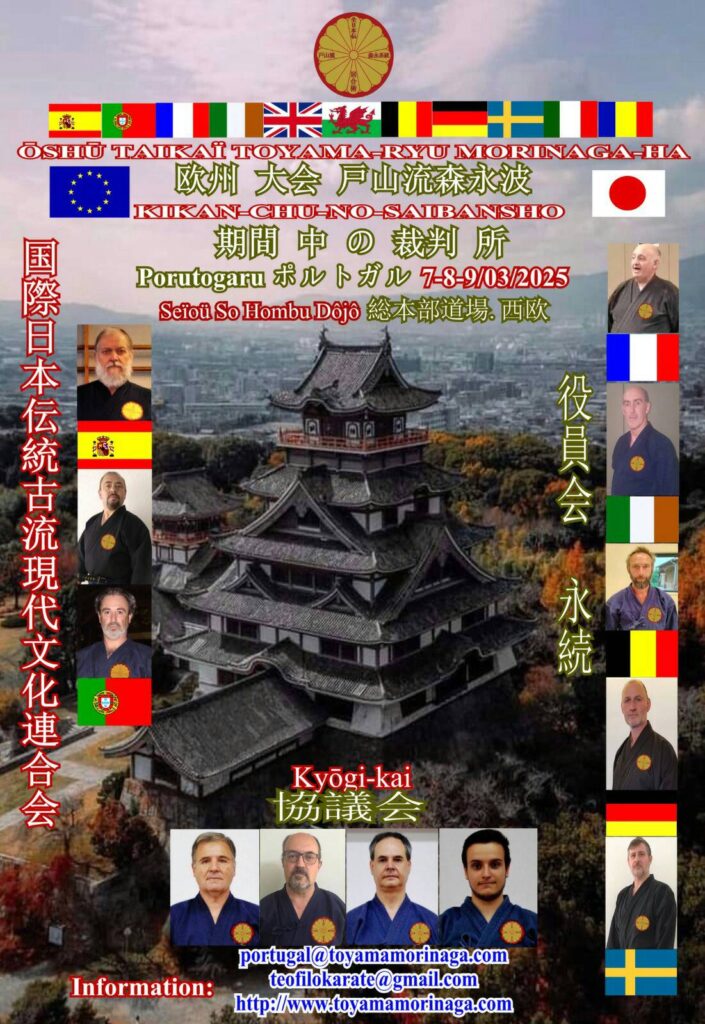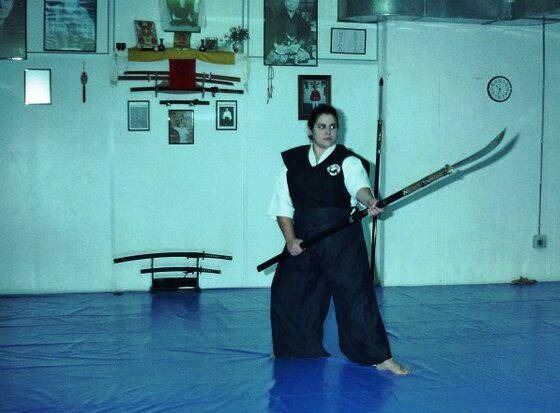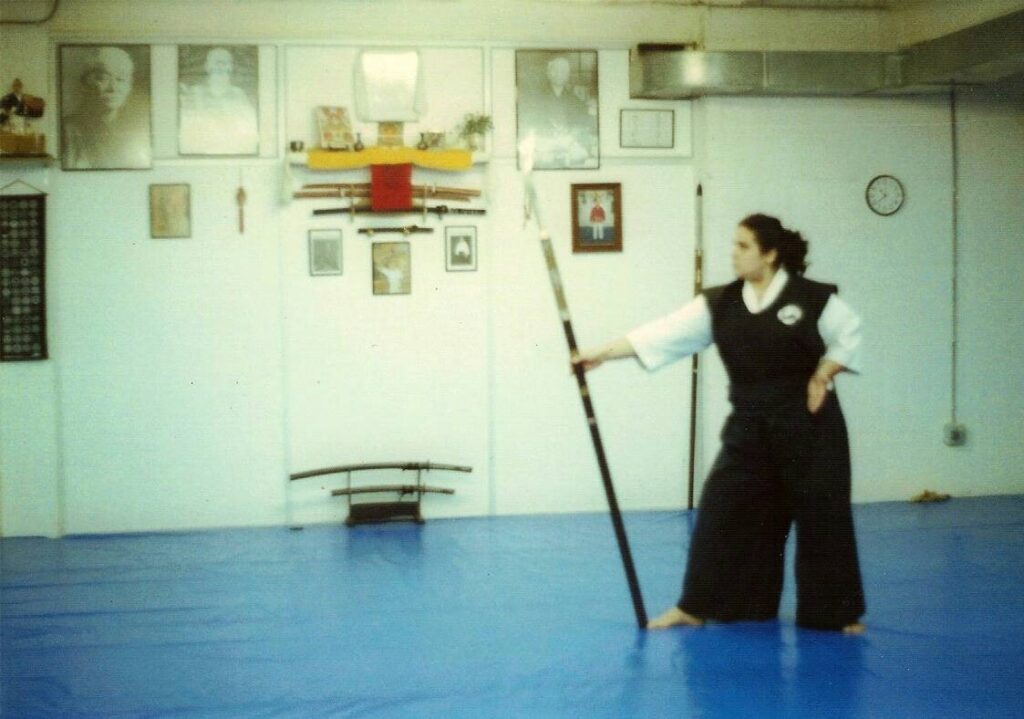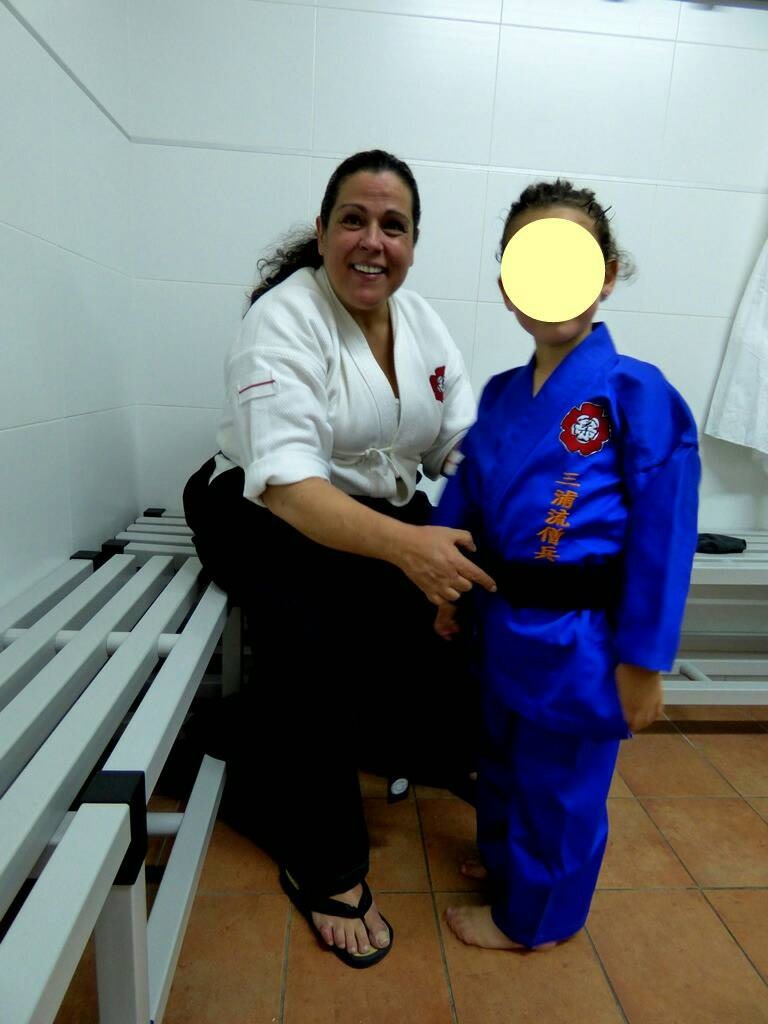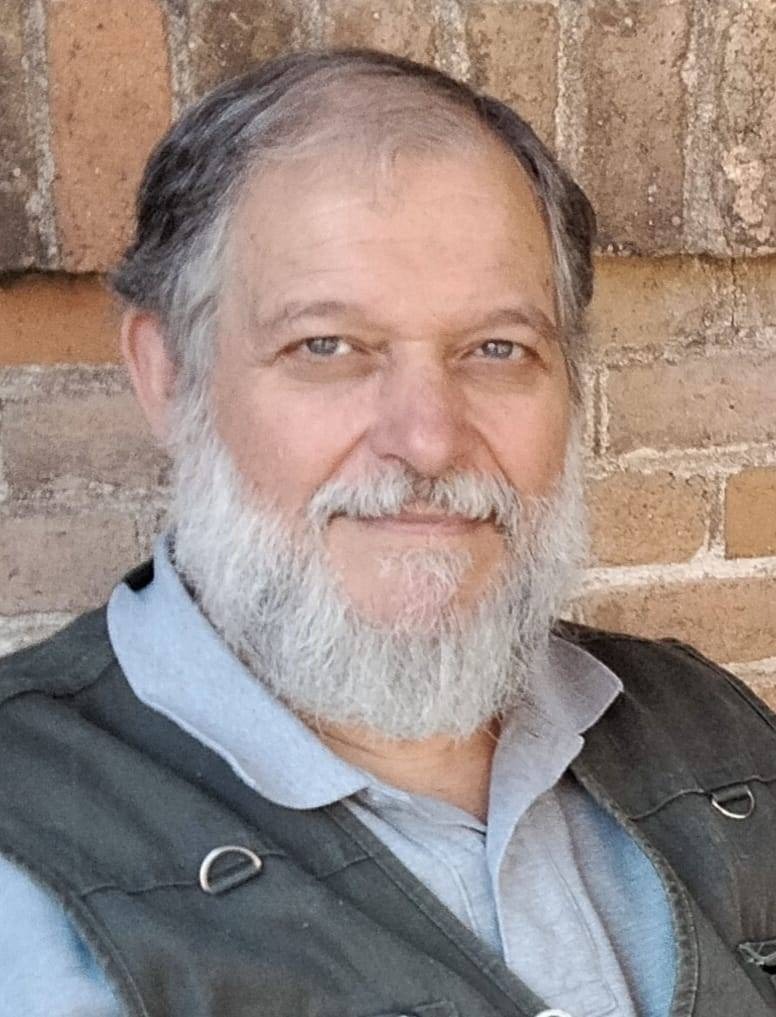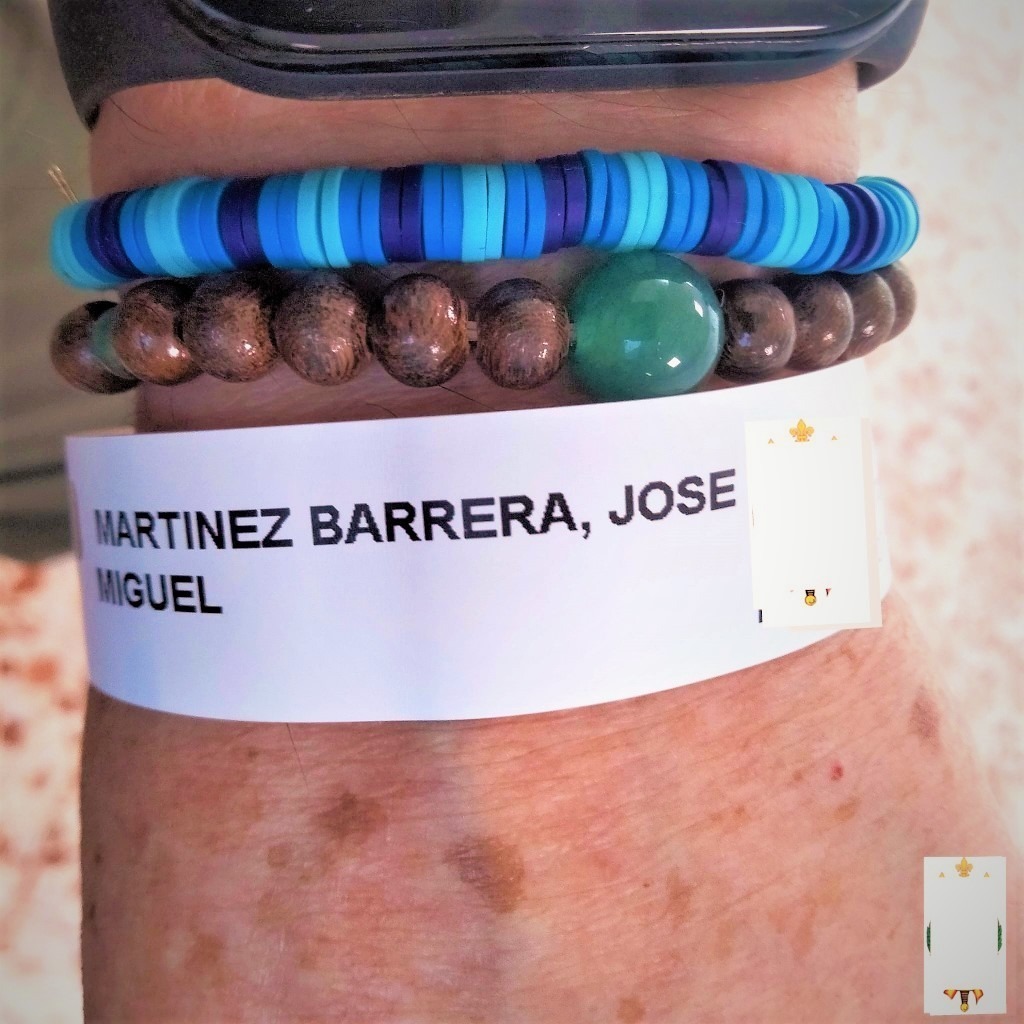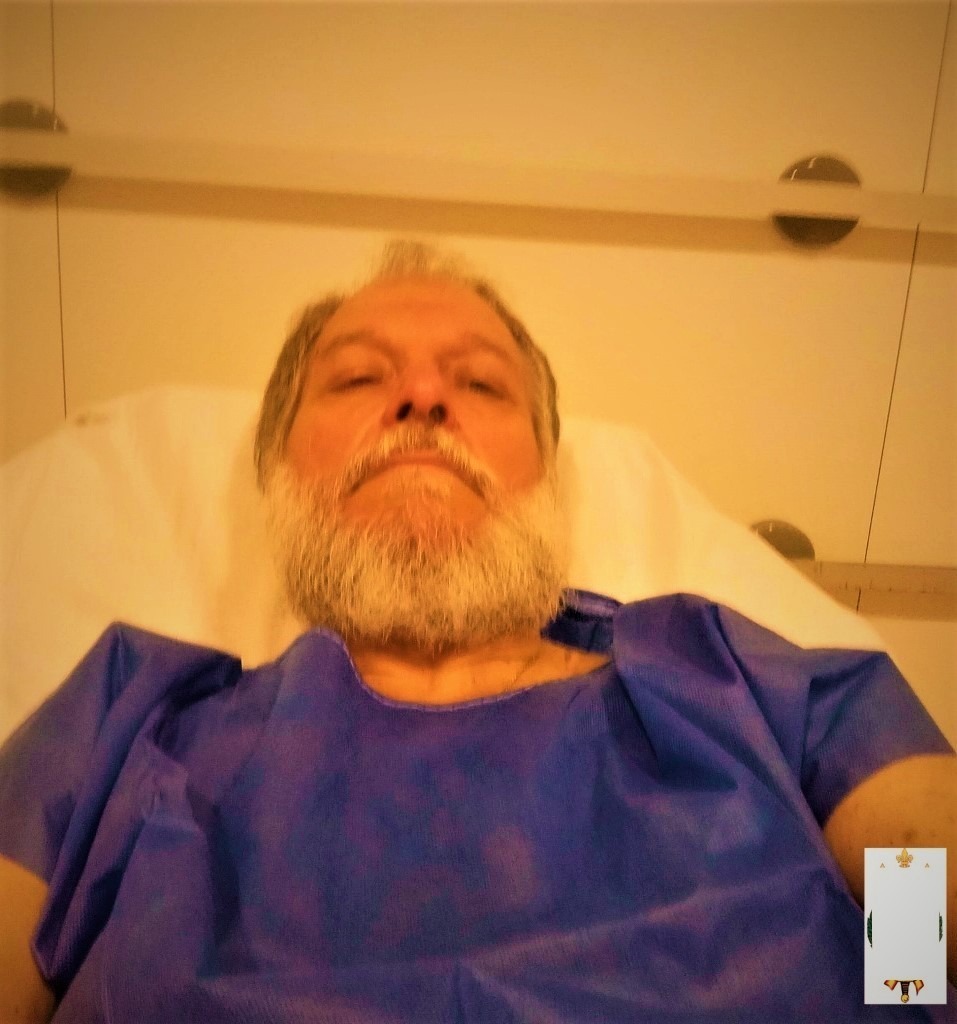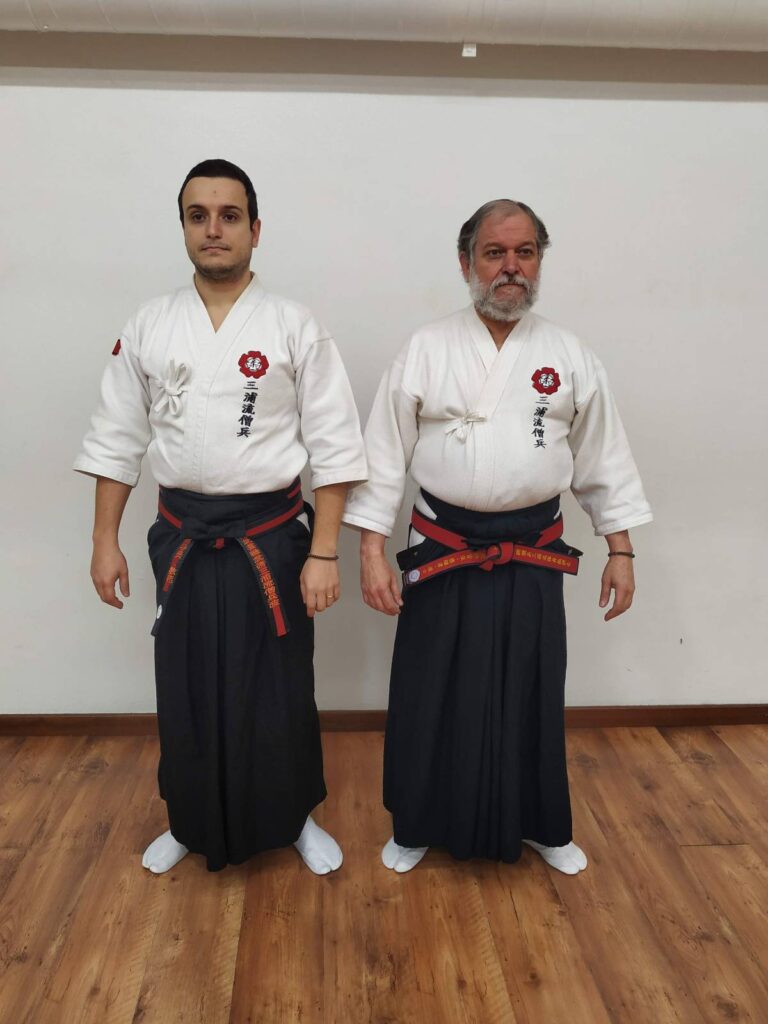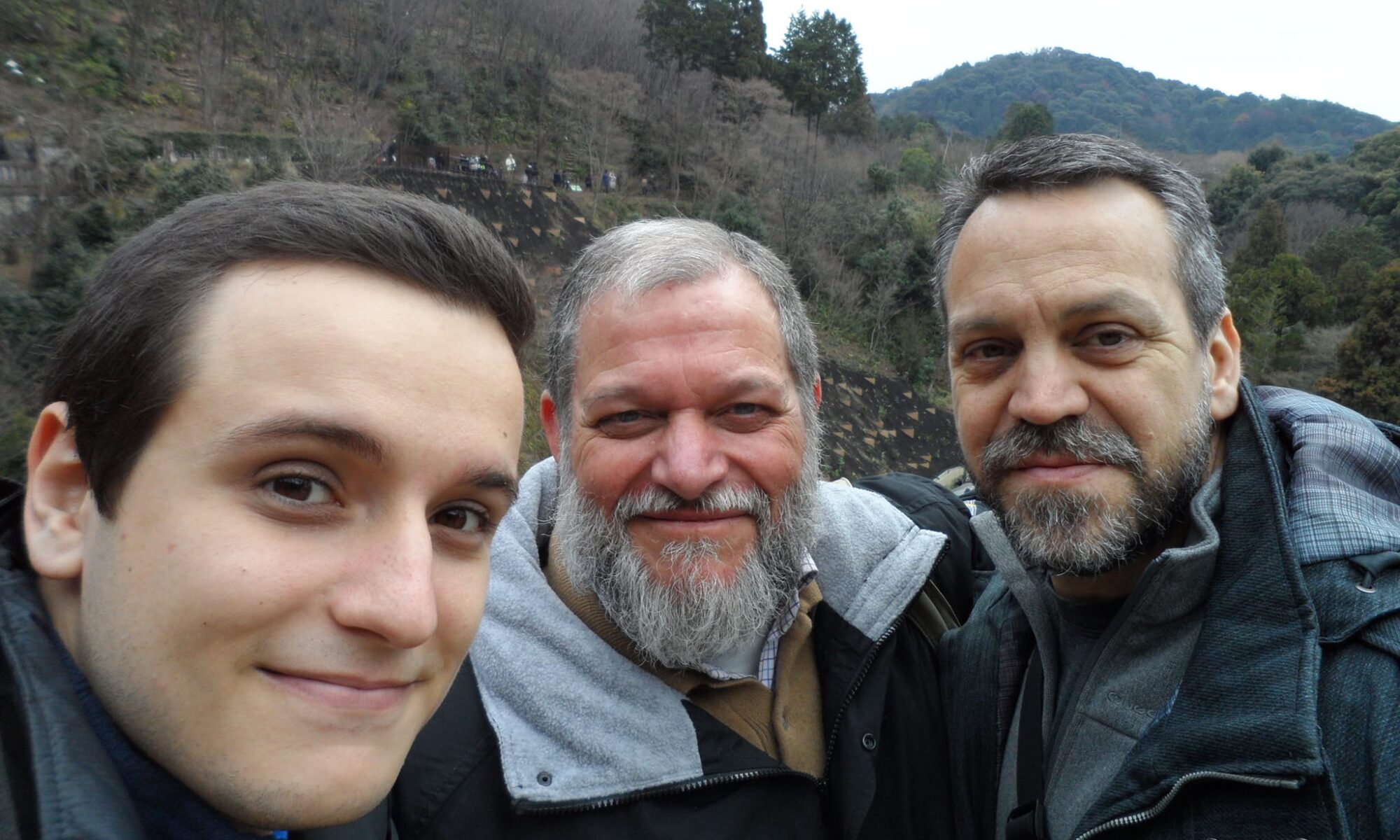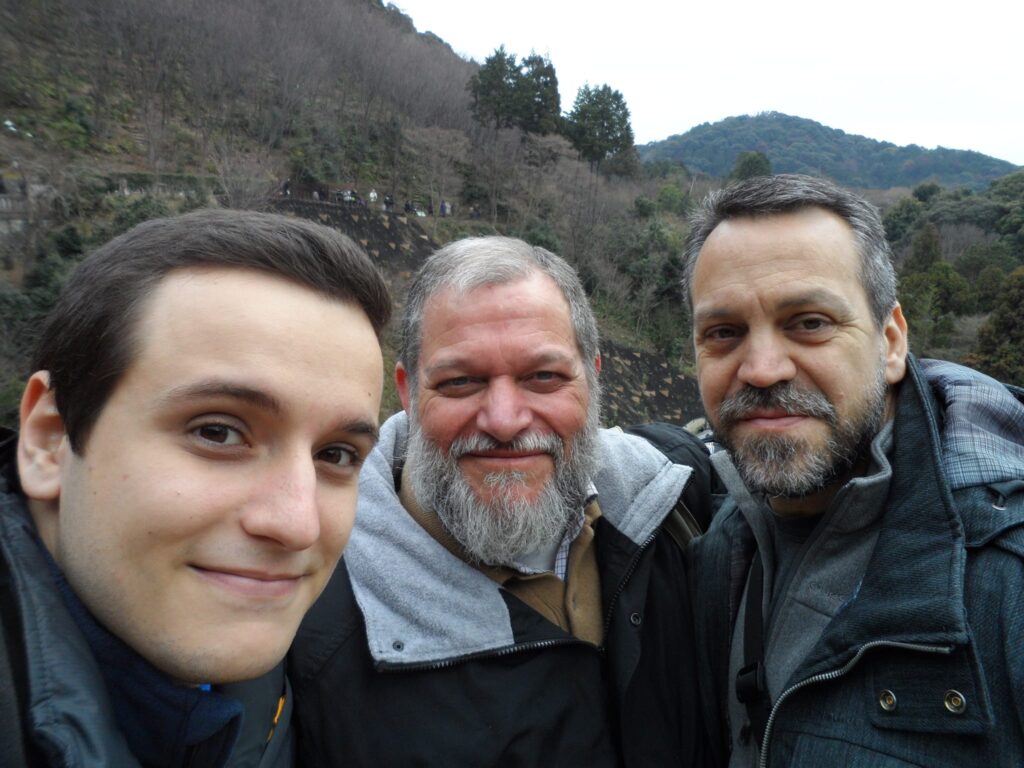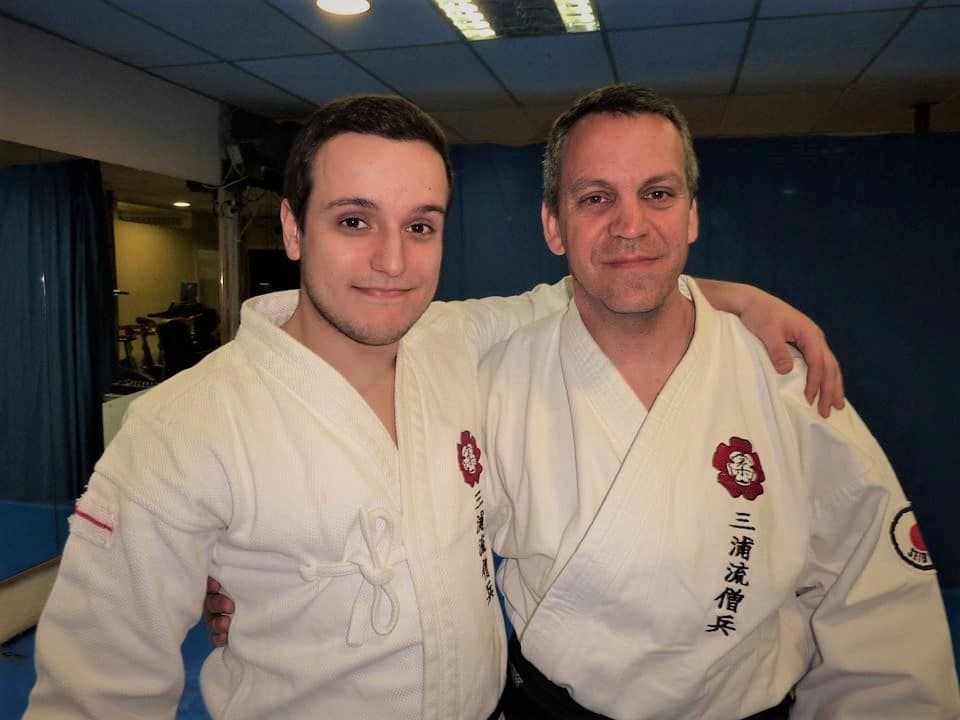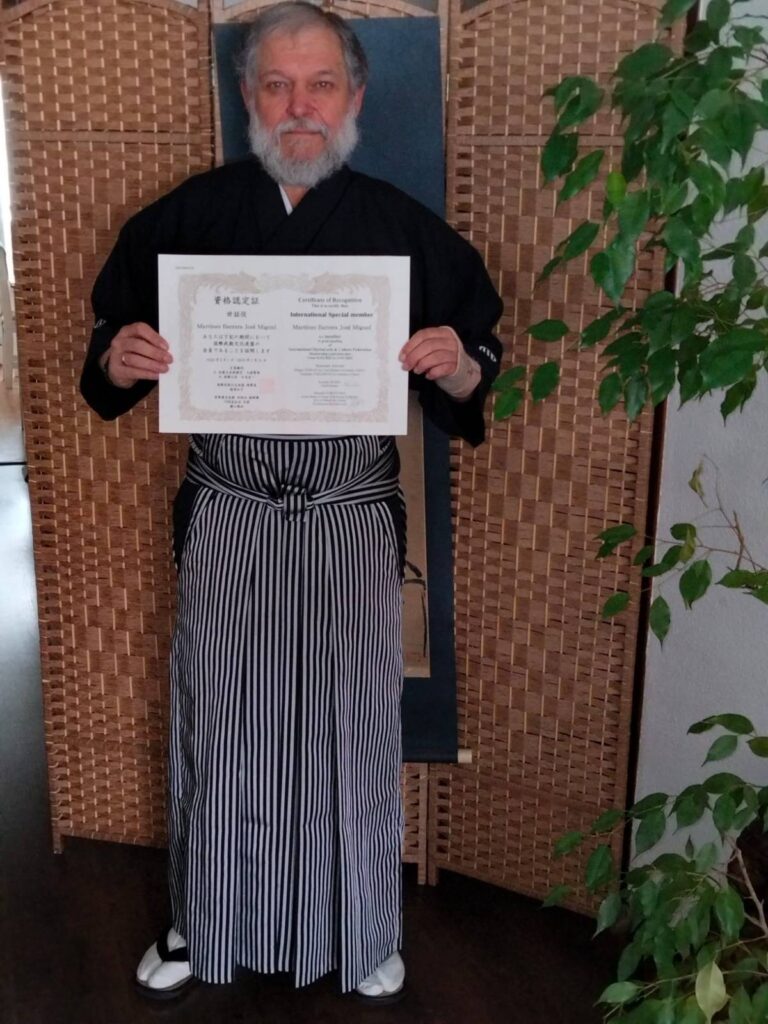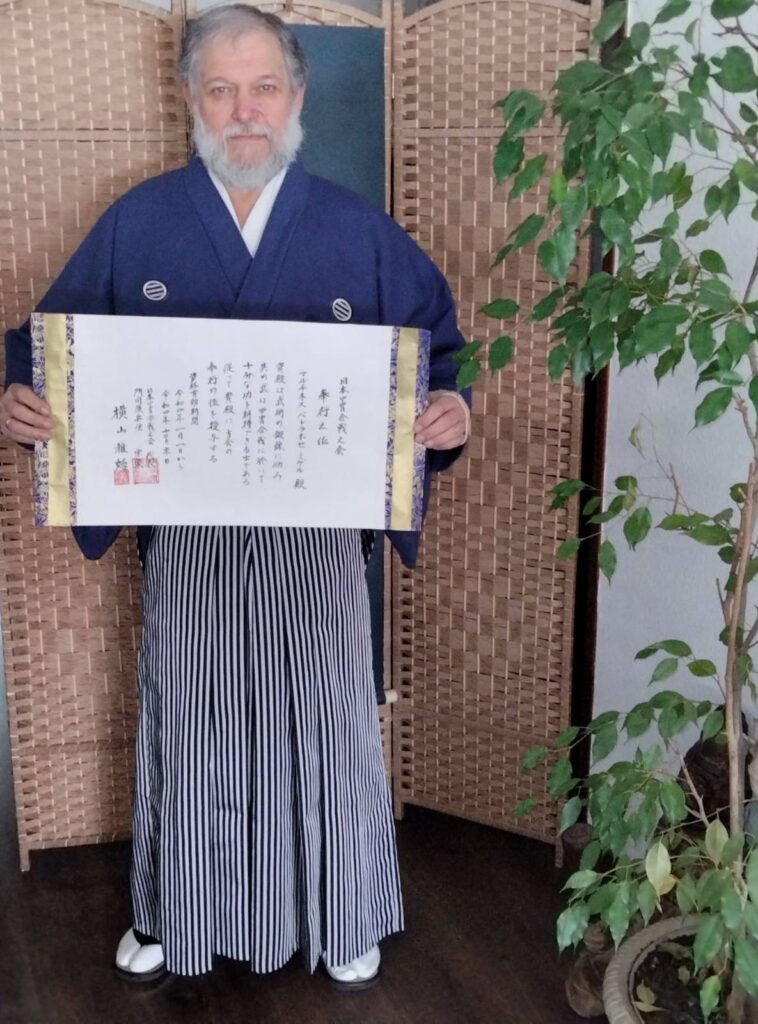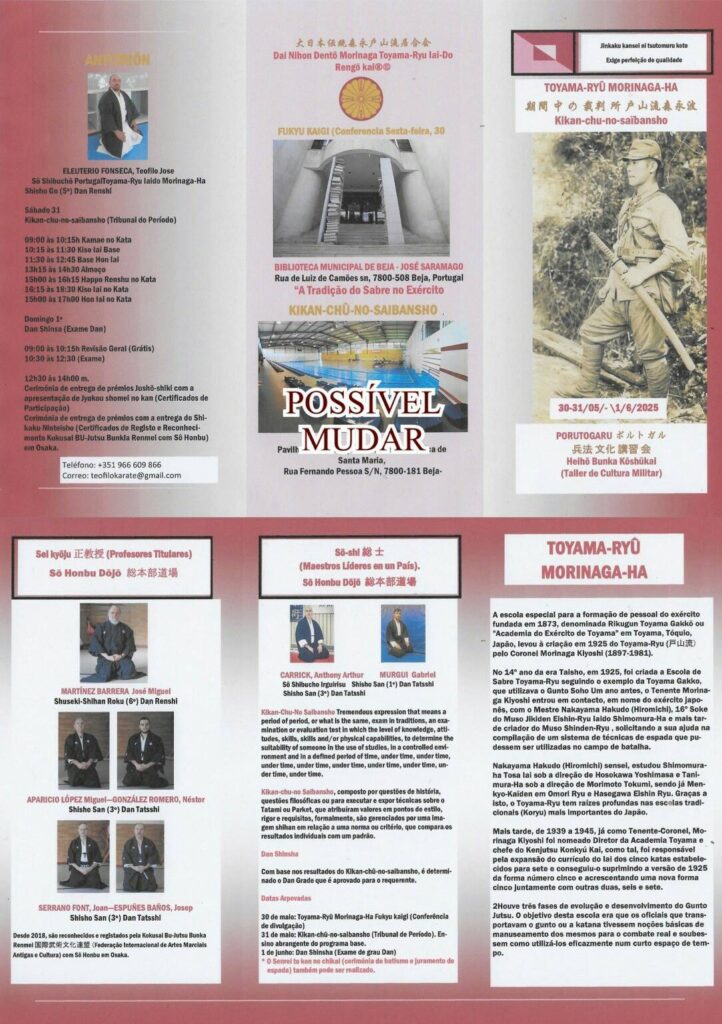
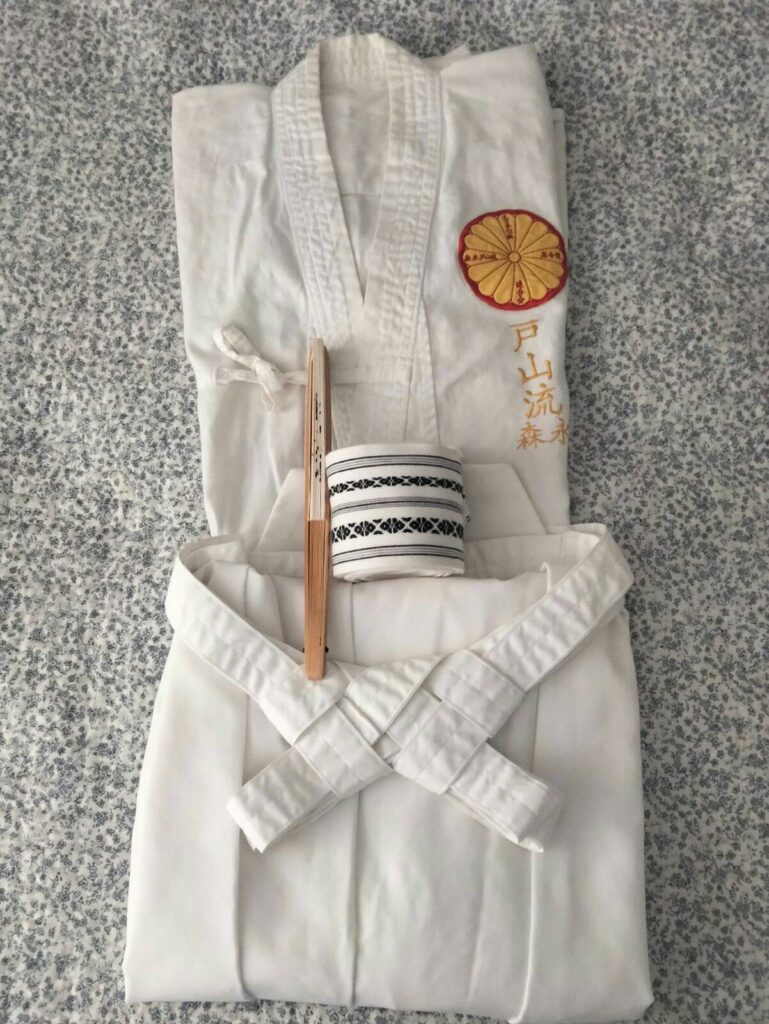
PORTUGUESE, ESPAÑOL and ENGLISH
PORTUGUESE
Após o desenvolvimento de um Fukyu Kaigi (Conferência de Disseminação) no dia 7 de fevereiro como parte do Kokusai Ronin Tai Kai (Congresso Internacional de Ronin) no dia 8 e de um TOKUBETSU SHIAN GAKKYU TOYAMA-RYU MORINAGA-HA (Aula de Necessidades Especiais) no dia 9, as exigências e pedidos não pararam e, como resultado, o desenvolvimento de um KOKUSAI KIKAN-CHU-NO-SAIBANSHO NO DAN SHINSHA para os membros dos países com Delegação e Demarcação do Dai Nihon Dentô Morinaga Toyama-Ryu Iai-Do Rengō-kai®© foi oficialmente aprovado nos dias 30 de maio, 31 de maio e 1 de junho.
KIKAN-CHU-NO-SAIBANSHO expressão tremenda que significa Tribunal Periódico, ou o que é o mesmo, exame nas Tradições, exame ou prova de avaliação em que se mede o nível de conhecimento, atitudes, aptidões, habilidades e/ou capacidades físicas, para determinar a aptidão de alguém no uso dos estudos, em ambiente controlado e em período de tempo definido, sob supervisão.
O KIKAN-CHU-NO-SAIBANSHO é composto por questões sobre História, questões Filosóficas e execução e apresentação de Técnicas no Tatami ou Parquet, as quais possuem valores atribuídos em pontos de estilo, rigor e exigências, de forma formal, é administrado por uma Diretoria de Shishô em relação a uma norma ou critério, que compara os resultados individuais com uma diretriz, que conduzem ao DAN SHINSHA.
Ou seja, de acordo com os resultados do Kikan-chû-no-saibansho, são determinados os Dan Grades que são aprovados para os candidatos. Uma vez informado o Sô Honbu dos resultados, é emitido o Kansha-jō (Certificado de Apreciação) correspondente.
DATAS APROVADAS:
30 de maio: Toyama-Ryû Morinaga-Ha Fukyu kaïgi (Conferência de Divulgação)
31 de maio: Kikan-chû-no-saibansho (Tribunal de Prazo). Ensino abrangente do programa básico e intermédio.
1 de junho: Dan Shinsha (exame de classificação)
- Dado o nível da atividade, pode ser realizada Senrei to ken no chikai (cerimónia de batismo e juramento de espada).
Informação Portugaru Shibu-chô. teofilokarate@gmail.com
Reservas: WhatsApp: +351 966 609 866
ESPAÑOL
Después de desarrollarse el pasado día 7 de Febrero una Fukyu Kaigi (Conferencia de Divulgación) como marco del Kokusai Ronin Tai Kai (Congreso Internacional de los Ronin) el día 8 y una un TOKUBETSU SHIAN GAKKYU TOYAMA-RYU MORINAGA-HA (Clase de necesidades especiales) el día 9, las demandas y solicitudes han sido un sin parar y en consecuencia a ello, loa próximos día 30, 31 de Mayo y 1 de Junio se ha aprobado oficialmente el desarrollo de un KOKUSAI KIKAN-CHU-NO-SAIBANSHO NO DAN SHINSHA para los miembros de los países con Delegación y Demarcación de la Dai Nihon Dentô Morinaga Toyama-Ryu Iai-Do Rengō-kai®©.
KIKAN-CHU-NO-SAIBANSHO tremenda expresión que significa Tribunal de Periodo, o lo que es lo mismo, examen en las Tradiciones, un examen o prueba de evaluación en la que se mide, el nivel de conocimientos, actitudes, aptitudes, habilidades y/o capacidades físicas, para determinar la idoneidad de alguien en el aprovechamiento de unos estudios, en un entorno controlado y en un período definido de tiempo, bajo supervisión.
KIKAN-CHU-NO-SAIBANSHO se compone de preguntas de Historia, de cuestiones Filosóficas, y de realizar y exponer Técnicas sobre el Tatami o el Parket, que tienen asignados unos valores en puntos de estilo, rigor y requisitos, de manera formal, es administrado por un Cuadro de Shishô en relación a una norma o criterio, que compara los resultados individuales con una pauta, que conducen al DAN SHINSHA.
Es decir, que según los resultados del Kikan-chû-no-saibansho se determinan loa Grados Dan que les son aprobados a los solicitantes, Informado el Sô Honbu de los resultados se le expide el correspondiente Kansha-jō (Certificado de apreciación)
FECHAS APROBADAS:
30 de Mayo: Toyama-Ryû Morinaga-Ha Fukyu kaïgi (Conferencia de divulgación)
31 de Mayo: Kikan-chû-no-saibansho (Tribunal de Periodo). Enseñanza exhaustiva del programa base y medio.
1 de Junio: Dan Shinsha (Examen para Grado)
- Dado el nivel de la actividad, podrá realizarse Senrei to ken no chikai (Ceremonia de bautizo y juramento de espada).
Información Portugaru Shibu-chôteofilokarate@gmail.com
Reservas: WhatsApp: +351 966 609 866
ENGLISH
Após the development of a Fukyu Kaigi (Dissemination Conference) on day 7 of February as part of the Kokusai Ronin Tai Kai (International Ronin Congress) on day 8 and of a TOKUBETSU SHIAN GAKKYU TOYAMA-RYU MORINAGA-HA (Special Needs Classroom) on day 9, as demands and orders did not stop, as a result, the development of a KOKUSAI KIKAN-CHU-NO-SAIBANSHO NO DAN SHINSHA for the members of the countries with the Delegation and Demarcation of Dai Nihon Dentô Morinaga Toyama-Ryu Iai-Do Rengō-kai®© was officially approved on May 30, 31 May and June 1.
KIKAN-CHU-NO-SAIBANSHO expresses the tremendous meaning of the Periodic Court, or that it itself, examines the Traditions, examines the evaluation of the level of knowledge, attitudes, aptitudes, abilities and/or physical abilities, to determine the aptitude of someone, I do not use two studies, in a controlled environment and in a defined period of time, under supervision.
KIKAN-CHU-NO-SAIBANSHO consists of questions on history, philosophical issues, and the performance and presentation of techniques on the tatami or parquet. These techniques are assigned points for style, rigor, and requirements. It is formally administered by a Shishô Board in relation to a standard or criterion, which compares individual results with a guideline, leading to the DAN SHINSHA.
That is, the Dan Ranks approved for applicants are determined based on the results of the Kikan-chû-no-saibansho. Once the Sô Honbu is informed of the results, the corresponding Kansha-jō (Certificate of Appreciation) is issued.
APPROVED DATES:
May 30: Toyama-Ryû Morinaga-Ha Fukyu kaïgi (Dissemination Conference)
May 31: Kikan-chû-no-saibansho (Term Tribunal). Comprehensive instruction on the basic and intermediate programs.
June 1: Dan Shinsha (Grade Examination)
*Due to the level of activity, a Senrei to ken no chikai (Baptismal Ceremony and Sword Oath) may be held.
Information Portugaru Shibu-chôteofilokarate@gmail.com
Reservations: WhatsApp: +351 966 609 866
